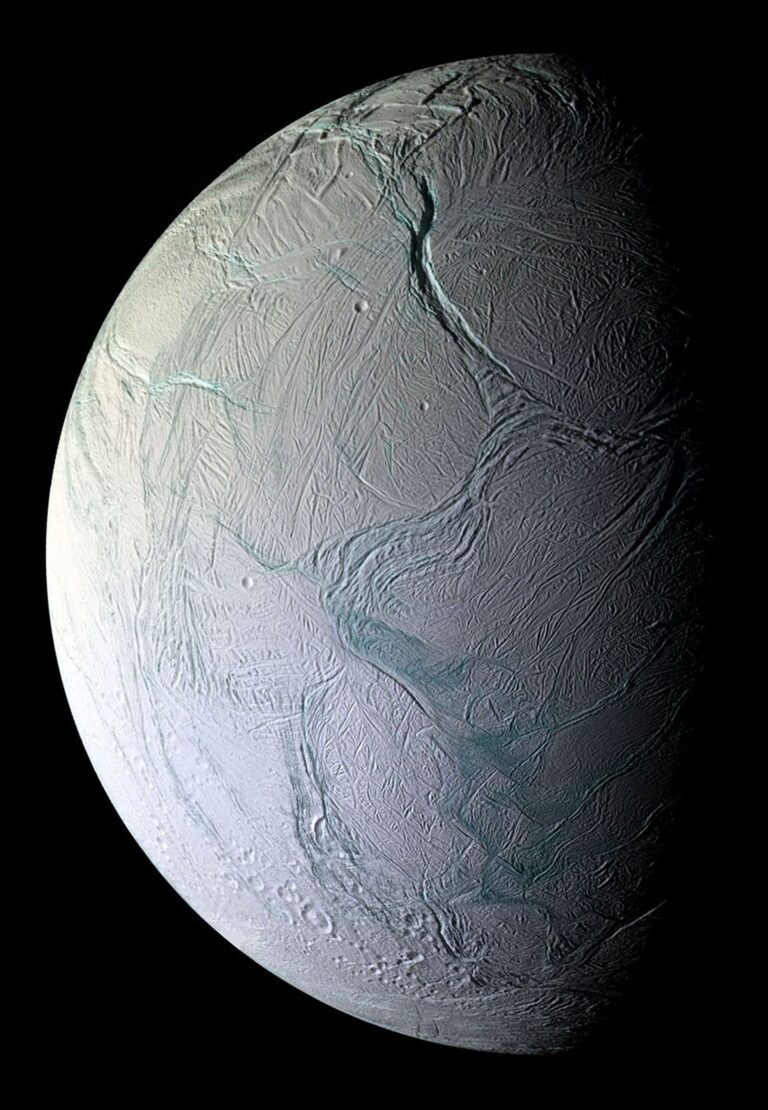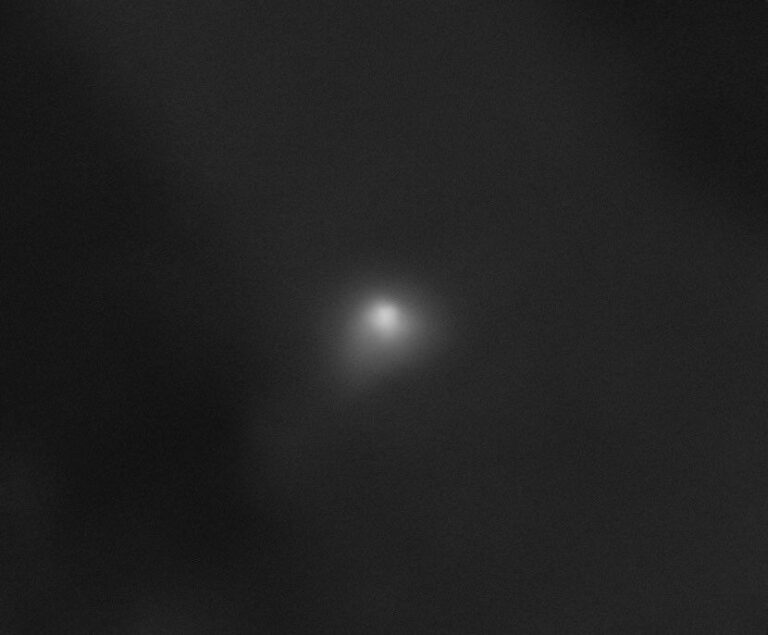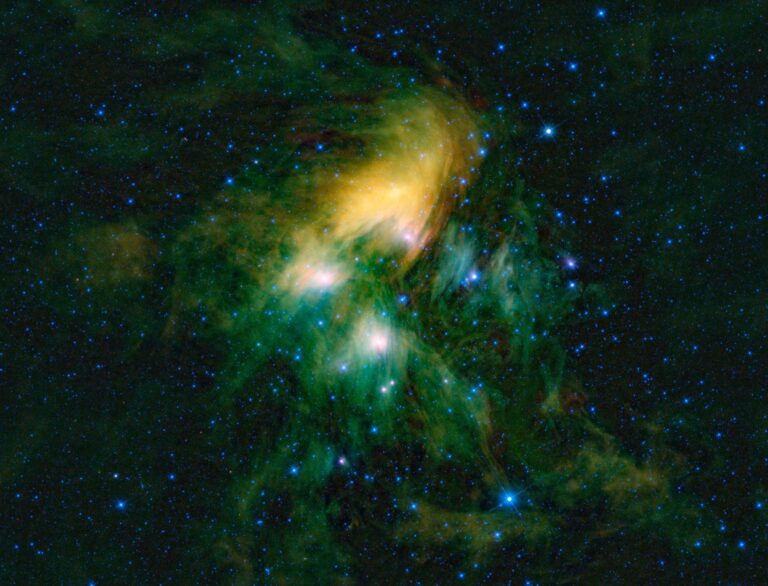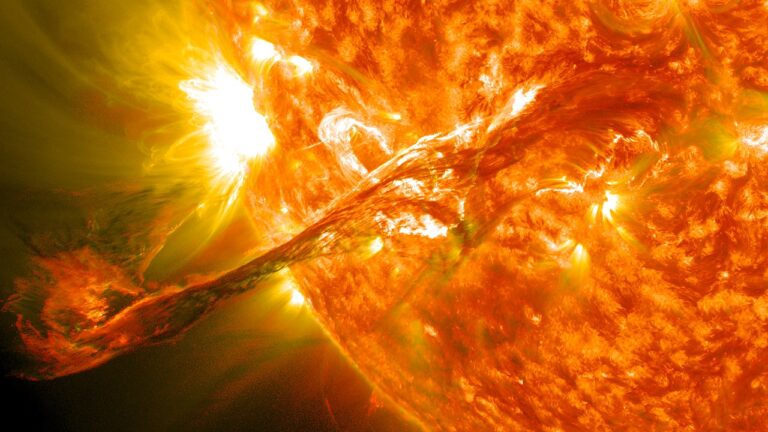
Key Takeaways:
- Ursa Major III, previously classified as a dwarf spheroidal galaxy due to its high mass, is proposed to be a compact star cluster located 32,600 light-years from the Milky Way.
- The research team suggests that Ursa Major III's high mass is attributable to a central core of black holes and neutron stars, rather than dark matter, as previously hypothesized.
- Simulations modeling the gravitational interactions within Ursa Major III support the compact star cluster hypothesis, successfully reconstructing its current structure without the need for dark matter.
- This study challenges the prevailing assumption that high-mass celestial bodies orbiting the Milky Way at large distances necessitate the presence of dark matter, offering an alternative explanation for these “intermediate objects.”
Ursa Major III orbits the Milky Way at a distance of 32,600 light-years. Until now, it was considered a dwarf spheroidal galaxy. Normally such a faint object wouldn’t be classified as such, but astronomers did so because of its large mass, which they assumed contains a lot of invisible dark matter. Recently, however, an international team of astrophysicists from the University of Bonn and the Institute for Advanced Studies in Basic Sciences in Iran suggested that it is actually a compact star cluster containing a group of black holes at its center.
The team’s study focuses on celestial bodies that may be either star clusters or dwarf galaxies. These objects orbit the Milky Way at distances exceeding 30,000 light-years. While they resemble classic star clusters outwardly, they have unusually high masses, some hundreds to thousands of times higher than typical dwarf galaxies. This peculiarity has led to the assumption that they contain large amounts of dark matter.
“Neither established dark matter models nor alternative theories have been able to satisfactorily explain the exact causes. Such intermediate objects are therefore considered a hot topic in astrophysics and are the subject of intensive research,” says doctoral student and first author Ali Rostami-Shirazi from the Iranian Institute for Advanced Studies in Basic Sciences.
Evidence for a dark star cluster
Ursa Major III was thought to be the faintest known satellite galaxy of the Milky Way. However, simulations by the research team now suggest that Ursa Major III could be a compact star cluster held together by a core of black holes and neutron stars rather than dark matter.
“Dark star clusters form when gravitational interactions with the Milky Way over billions of years remove the outer stars from a star cluster,” explains Hosein Haghi, who is conducting research at the University of Bonn and is affiliated with the Iranian Institute for Advanced Studies in Basic Sciences in Zanjan. What remains is a dark, massive core that does not emit any light. According to the study, this effect has previously been mistakenly interpreted as evidence of dark matter.
Putting it to the test
To test its hypothesis, the team simulated the evolution of Ursa Major III based on the latest observational data, including its orbital motion and chemical composition. Using simulations that calculate the gravitational interactions of thousands of stars, the team reconstructed Ursa Major III’s current structure.
The calculations show that Ursa Major III can be explained by a dense core of black holes holding the remaining stars together gravitationally, without the need for dark matter. “Our work shows for the first time that these objects are most likely normal star clusters,” says Pavel Kroupa, who is a member of the Transdisciplinary Research Areas (TRA) “Modelling” and “Matter” at the University of Bonn.
The Bonn team considers itself a leader in this field. Over many years, they have developed specialised numerical methods to map the highly complex dynamics of such star systems in detail. Kroupa says, “Our current results provide a new basis for understanding mysterious celestial objects, while also opening up new perspectives for galaxy research.”









